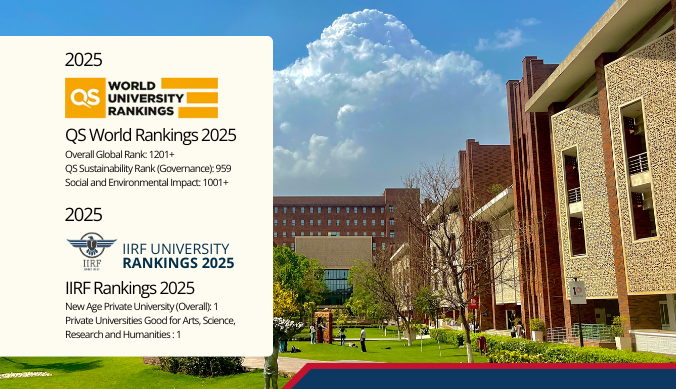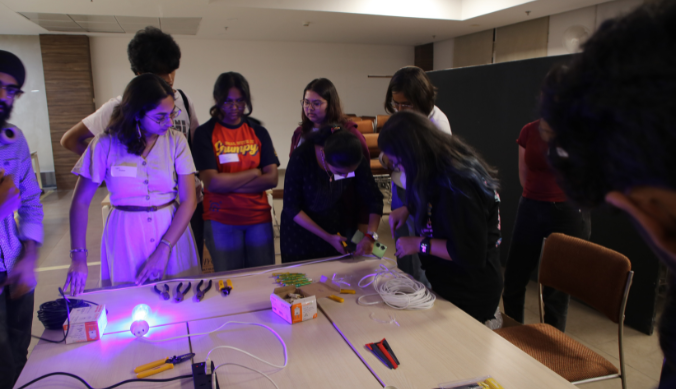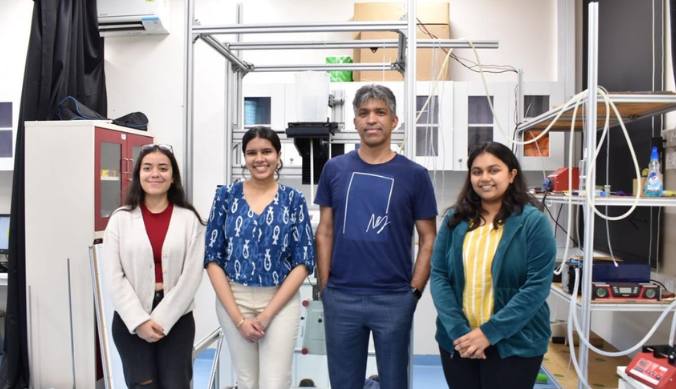Computation in Astronomy: Bridging the Gap Between the Cosmos and the Code
The fact that algorithms can identify celestial objects and classify galaxies within seconds, a feat unachievable by humans on their own, is an exceptional step forward in the field of both Astronomy and Computer Science
There is a persistent conception of Astronomy as an academic discipline that moulds people into thinking it is a very niche field under Physics. However, night skies and shooting stars are not the only things that constitute this expansive subject. The idea of Astro-X imagines the intersectionality of Astro in any field possible. From Literature to Arts, the idea of Astronomy has been present formally and informally throughout history. This article intends to read into Computation in the field of Astronomy and how crucial a role computing plays in modern astronomical studies.
Picture this. Thousands of stars, planets, nebulas and galaxies are being snapshotted by the various telescopes invented by mankind. This massive influx of information in the form of images is organised and cleaned into data segments to be studied by Astronomers. Modern telescopes like the Hubble Telescope capture millions of images which—if not sorted and processed—are essentially a data dump. The most crucial step to achieving an understanding of this avalanche of odd data is to contain and organise the available data.
Enter AI/ML (Artificial Intelligence and Machine Learning) algorithms and the existence of powerful computing units. This branch of Computer Science is central to modern astronomy. Powerful ML algorithms have been designed and coded by computer scientists to sift through this enormous database and identify and cluster images based on parameters set by astronomers. For example, the Kepler Space Telescope identified thousands of potential exoplanets using AI algorithms that automatically analysed fluctuations in starlight.
These algorithms drastically reduced the time required for exoplanet discovery and expanded our knowledge of potentially habitable worlds. The fact that these algorithms can identify celestial objects and classify galaxies within seconds, a feat unachievable by humans on their own, is an exceptional step forward in the field of both Astronomy and Computer Science.
Another remarkable application of computation in the field of Astronomy is virtual modelling and simulations. Computer simulations are the backbone of modern astronomy. These digital recreations of the universe allow astronomers to conduct experiments that would be impossible in the real cosmos. By putting physical laws and initial conditions as inputs, scientists can model the evolution of galaxies, the behaviour of black holes, and the birth of stars over millions of years. Simulations have been extremely instrumental in testing theories about the formation of cosmic structures, the distribution of dark matter or the birth of the universe itself. These simulations help Astronomers to validate hypotheses, refine models and make predictions about the universe and its functioning too!
These simulations can also be used to demonstrate pretty events like the core collapse of a supernova, for academic purposes or recreation. Also, as an overly involved science fiction and fantasy reader, the fact that you can make virtual models of whole realms of the universe is extremely enticing!
In this ever-expanding universe, the fields of Computation and Astronomy have forged a collaboration as mesmerising as the stars themselves. Together, Computational Astronomy pushes the boundaries of human limitations and makes the cosmos more accessible to study and research, as well as provides fuel to our collective curiosity about the universe.
(Written by Aditi Singh (UG’24), Ashoka University)
Study at Ashoka












